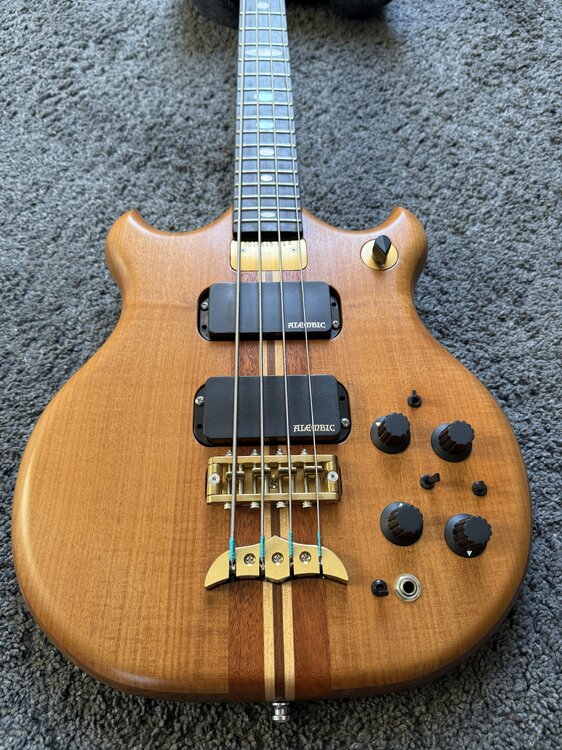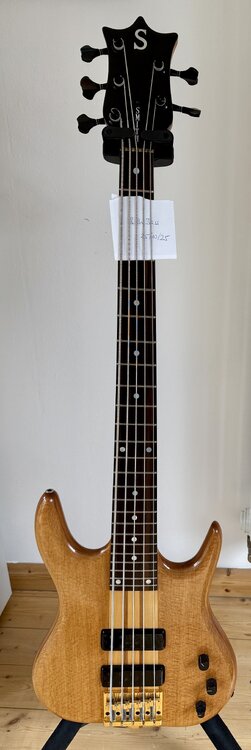All Activity
- Past hour
-
Throwing Stones - Grateful Dead
-
-
- 11 replies
-
- 2
-

-

FODERA IMPERIAL SIGNATURE MATT GARRISON 5
1966powers replied to 1966powers's topic in Basses For Sale
-
Oooooo that’s interesting! I’ll try it again in that case! I haven’t updated it since I got it so maybe that’s it, I think the change between the release version and updated one were only to volume knob so can’t imagine there’s any change to functionality!
-
I'm a bit late to this conversation but I'll add my experience. I bought cheap - they were so dreadful they went straight in the bin. I bought a set of Hosco double edged files - they are great. Beg, borrow, steal a decent set. Don't buy cheap.
-
Stoned - Silverchair
-
kodiakblair started following P-Bass Pickups - Entwistle PBXN
-
P-Bass Pickups - Entwistle PBXN
kodiakblair replied to gyrus's topic in Accessories & Other Musically Related Items For Sale
-
And the bass is now in transit to Rob Harris of Jamiroquai.
-
-
-

Show us your rig of choice for the weekend ** Basschat edition**
ezbass replied to bassace97's topic in Amps and Cabs
Going for some sideways action tonight to try a facilitate better on stage monitoring. -
BassAdder60 started following Ashdown RM112T Opinions?
-
They were low cost cabs and average quality at best. I would look at Fender Rumble v3 cabs as a better product and low price If you can step up further then MarkBass MB58R series are very light and sound great
-
More like the sensible option...
-

P-Bass Pickups - Entwistle PBXN
gyrus replied to gyrus's topic in Accessories & Other Musically Related Items For Sale
-
kodiakblair started following Super cheap double bass kit
-
Seems there's a shipping problem. Well that's the message showing on my payment page 🙁
-
Dizzy - The Wonder Stuff & Vic Reeves
-

P-Bass Pickups - Entwistle PBXN
gyrus replied to gyrus's topic in Accessories & Other Musically Related Items For Sale
-
Deeply dippy - Right Said Fred
-

Ruin a Band or musician's name by replacing a single letter
Jay2U replied to Jean-Luc Pickguard's topic in General Discussion
Pint Floyd -

Ruin a Band or musician's name by replacing a single letter
Jay2U replied to Jean-Luc Pickguard's topic in General Discussion
Jethro Bull -
.thumb.jpg.57725e0d56fc5d86f53e9e8d401d64f2.jpg)
P-Bass Pickups - Entwistle PBXN
PaulThePlug replied to gyrus's topic in Accessories & Other Musically Related Items For Sale
-


























.thumb.jpg.57725e0d56fc5d86f53e9e8d401d64f2.jpg)

